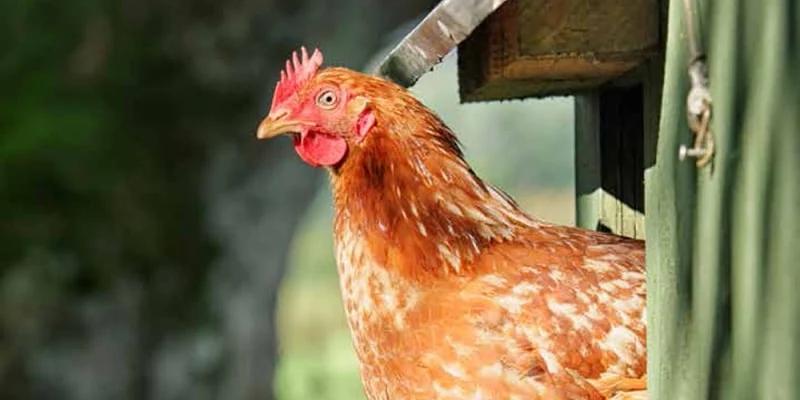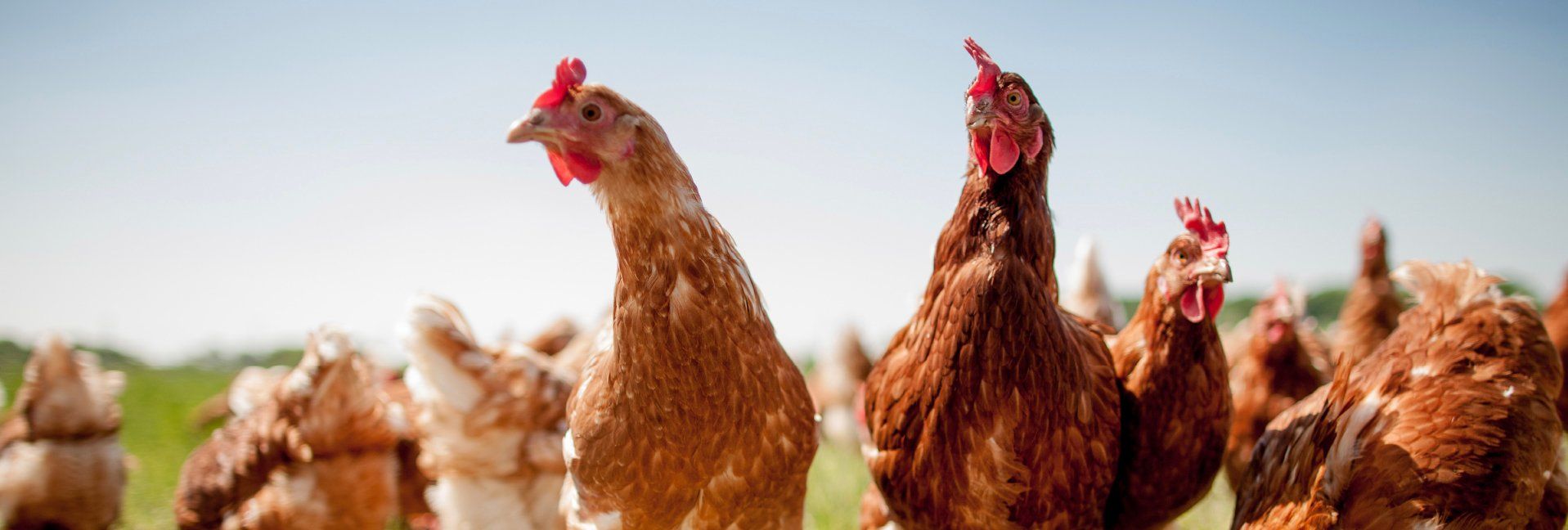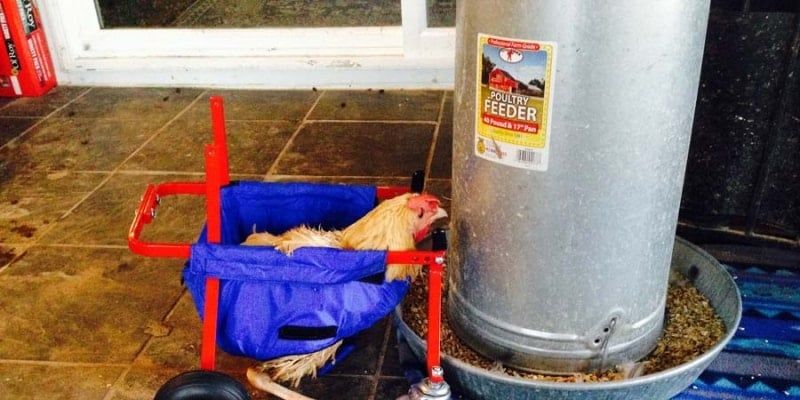The National Poultry Improvement Plan


"The Plan" to keep flocks healthy
The National Poultry Improvement Plan (aka NPIP or “the Plan”) is an organization that may have piqued your interest in conversations with fellow poultry producers. Frequently, though, information disseminated about the NPIP may be lacking or incorrect. The reason for these inaccuracies may simply be due to so many different people raising poultry.
From the urban mom keeping five hens to teach her children where eggs come from to the more serious large-scale breeder, everyone who has a hand in rearing poultry in today’s world may have a different situation that applies. Because of this, the NPIP can seem quite confusing at times.
In an attempt to resolve any misunderstandings or misperceptions, we went to the source: the NPIP national office located in Conyers, Ga. We asked the NPIP to explain their organization and provide an insider's view of their program
What is the NPIP?
The NPIP is the National Poultry Improvement Plan, which is a division of USDA APHIS (United States Department of Agriculture Animal and Plant Health Inspection Service). The NPIP is a voluntary, cooperative federal-state-industry program to support the development of new diagnostic technology applications for the improvement of poultry and poultry products throughout the US. Today, the NPIP focuses on developing provisions for participants concerning three key diseases in poultry: Salmonella, mycoplasma, and avian influenza.
Its provisions are found within Title 9 of the Code of Federal Regulations, Parts 145, 146, 147, and 56. The Plan establishes the regulatory standard in sample collection, diagnostic tests performed, and the laboratory protocols for conducting tests. Certification programs in the NPIP examine the health status of all commercial flocks through monitoring of primary breeding and multiplier flocks. The NPIP is the longest-standing federally-funded cooperative program for animals in the US.
When did the NPIP get started?
The NPIP traces its roots back to the 1930s as a way to eradicate, or get rid of, Salmonella pullorum from the baby chick industry. Salmonella pullorum, aka pullorum disease or white bacillary diarrhea, was a disease with mortality rates in baby chicks as high as 80 percent.
At a time when the industry was rapidly expanding, tolerating diseases such as pullorum from either a bird health viewpoint or from an economic standpoint didn’t make sense. After developing a rapid serum test in 1927that made diagnosing pullorum easier, the International Baby Chick Association, a vital part of the poultry industry at the time, worked with government officials to host a series of meetings to develop the first provisions for the plan to eradicate pullorum. In 1935, the NPIP was officially established through an Act of Congress and will turn 80 years old this year.
How does the NPIP operate?
The NPIP operates through a Memorandum of Understanding (MOU) with the Official State Agency (OSA) in each of the 49 participating states. Each OSA is responsible for assigning authorized agents to collect samples and state inspectors to perform selection and testing within the state. All decisions of the OSA are subject to review by USDA-APHIS.
Additionally, the NPIP has an executive board called the General Conference Committee (GCC). The GCC members are elected officials. Six regions of the country are represented by officials in these positions, and the one member-at-large position represents all NPIP participants. The GCC advises the Secretary of Agriculture on matters pertaining to animal health.
Every two years, the NPIP hosts a Biennial Conference. Here, delegates from each participating state come together to vote on proposed changes to incorporate the latest and best technologies available for poultry into the provisions of the plan. Experts within the scientific poultry community, such as corporate veterinarians, university professors, poultry health scientists, laboratory technicians, and backyard flock owners, attend this meeting. Their goal is to collaborate on incorporating the proposed technological advances to improve the overall poultry industry in order for trade to continue unimpeded.
If the votes pass, then the new language is incorporated into the Code of Federal Regulations through the federal rule making process. The changes are made and distributed to the states, which in turn are responsible for overseeing that the participants follow the current provisions.
Who are the participants?
The NPIP is a voluntary program. However, once a participant decides to join, he or she is required to follow the provisions as specified in the relevant section of the Code of Federal Regulations (Title 9, Parts 145, 146, 147, and 56) or as contained within the NPIP Program Standards document.
The foundation for the program was intended to be for breeding poultry since Salmonella pullorum is a "vertically" transmitted disease, meaning it can pass from adult birds to their offspring. Since the program's inception, other types of poultry besides breeding stock have been added.
Each subpart in the regulations contains definitions for participation. The NPIP has provisions for the following types of poultry: multiplier meat-type breeding flocks, meat-type primary breeding flocks, multiplier egg-type breeding flocks, primary egg-type breeding flocks, turkey breeding flocks, meat-type waterfowl breeding flocks, ratite breeding flocks (ostrich, emu, cassowary), and WEGBY breeding flocks (waterfowl, exhibition fowl, game birds, and backyard birds). Provisions are also in place for meat-type slaughter plants, turkey slaughter plants, commercial table-egg layer flocks, commercial upland game birds, commercial waterfowl, raised for release game birds, and raised for release waterfowl.
What are the benefits of participation?
There are several benefits to becoming a participant in the NPIP program. One of the most important benefits is to ensure that flocks are healthy and disease free of Plan diseases. Several diseases of breeding poultry can be transmitted vertically from the hen to her offspring, and a number of those diseases can be prevented by being a participating in the NPIP because the organization's breeder programs certify that hens are free of such vertically transmitted diseases.
Exhibition birds which are already participants in the NPIP can attend fairs, shows, and other events without having to be tested again for Salmonella pullorum and Salmonella gallinarum before traveling to a show. Because the NPIP has such an outstanding history for preventing, controlling, and eradicating diseases, most states require that any poultry entering into their state be an NPIP participant. Therefore, participation is essential for trading, buying and selling poultry in the US.
Along with the benefits of trading and attending fairs, shows, and poultry events, NPIP participants gain a measure of insurance should disaster strike. Current federal regulations authorize up to 100 percent indemnification to be paid to bird owners should avian influenza infect their flocks. One of the first questions asked in the event of an incident is, “Are they an NPIP participant?”
How can I participate?
It’s easy: Any person producing or dealing in poultry products can participate. To find out more information on what the NPIP has to offer, the first step is to contact the OSA in your state. Minor differences in state administration of the NPIP exist. Some OSAs may require participants to go above and beyond the minimum requirements of the NPIP, so don’t hesitate to ask lots of questions to make sure that you fully understand the NPIP program within your particular state. The OSA will ask questions about the type of poultry flock you have, the primary purpose they are being raised, and current construction of the premises, like hatchery, dealer, or independent flock.
Next, an authorized agent will be sent to your farm to test your birds for Salmonella pullorum and Salmonella gallinarum. To be a NPIP participant you must test negative of these two diseases. If you are interested in any other NPIP programs, the authorized agent will collect appropriate samples at that time.
Further, you must demonstrate to OSA that your facilities, personnel, and practices are adequate for carrying out the requirements of the NPIP. Each participant must sign an agreement with the OSA to abide by the NPIP and comply with all poultry requirements, including but not limited to no commingling with non-participating poultry. The authorized agent and OSA will inspect your premises and review proper biosecurity requirements with you in order to maintain compliance with the NPIP regulations.
After receiving negative test results and after the premises inspection has been successfully completed, you will be assigned a NPIP approval number which certifies your flock's participation.
Who do I contact if my birds are sick?
If you notice that your birds appear abnormal, don’t wait to seek help. If your birds are sick or dying, call your OSA, local cooperative extension office, local veterinarian, the State Veterinarian, or USDA Veterinary Services office to find out why. The USDA operates a toll-free hotline (866–536–7593) with veterinarians to help you. There is no charge for this service. Early detection is important to prevent the spread of disease.
Denise L. Brinson DVM, MAM, DACPV
Director, NPIP
USDA, APHIS, VS, NPIP
E-mail: Denise.L.Brinson@aphis.usda.gov
Elena L. Behnke, DVM, MAHM, DACPV
Veterinary Coordinator, NPIP
USDA, APHIS, VS, NPIP
E-mail: Elena.L.Behnke@aphis.usda.gov
Tags:Poultry Today

Chicken Whisperer is part of the Catalyst Communications Network publication family.











